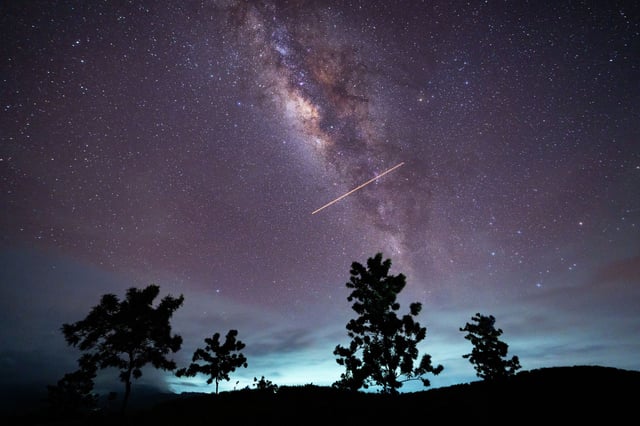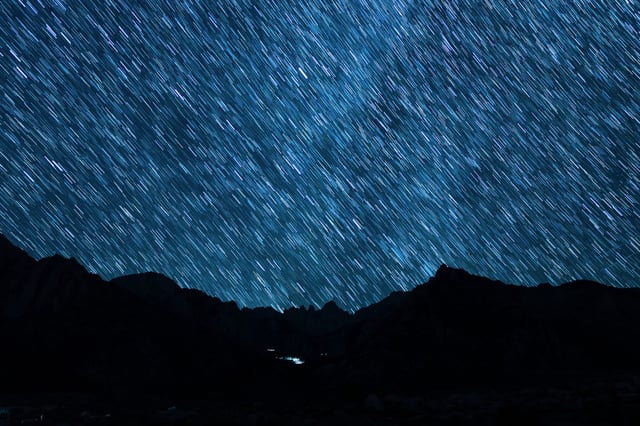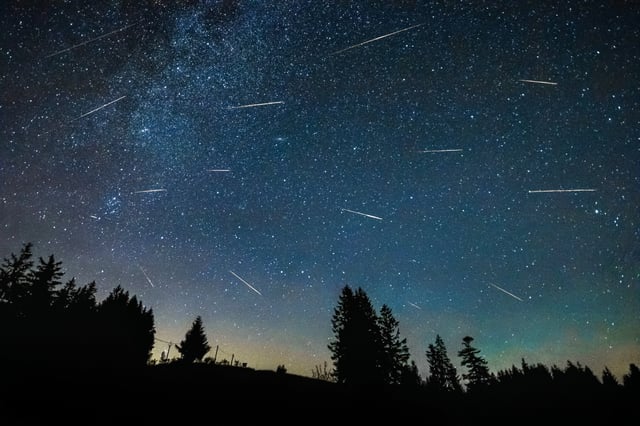Overview
- The Eta Aquarid meteor shower, caused by debris from Halley’s Comet, reaches its peak in the early hours of May 6, 2025, offering optimal viewing conditions before dawn.
- Southern Hemisphere observers enjoy the best show, with up to 50 meteors per hour, while Northern Hemisphere viewers see lower rates of 10–20 meteors per hour.
- The waxing gibbous Moon, at 64% illumination, sets before peak viewing hours, minimizing its impact on visibility of the meteors.
- NASA advises stargazers to find dark locations, lie flat with feet facing east, and allow 30 minutes for eyes to adjust for the best experience.
- The Eta Aquarids will remain active at diminishing rates until May 28, offering continued opportunities for meteor viewing this month.


